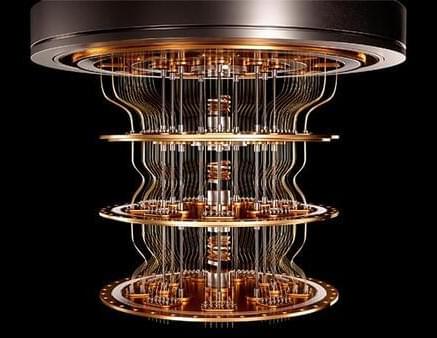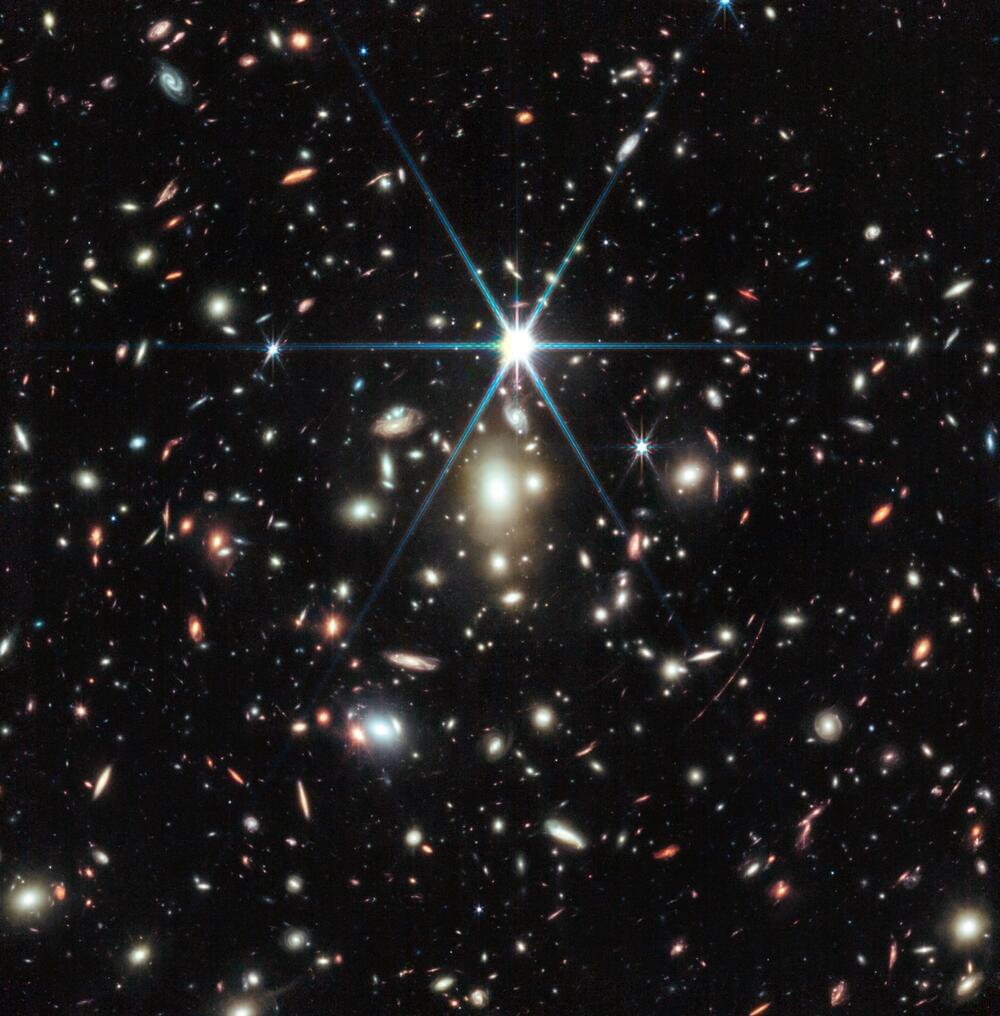Aug 15, 2023
Could white holes actually exist?
Posted by Dan Breeden in categories: cosmology, singularity
Black holes seem to get all the attention. But what about their mirror twins, white holes? Do they exist? And, if so, where are they?
To understand the nature of white holes, first we have to examine the much more familiar black holes. Black holes are regions of complete gravitational collapse, where gravity has overwhelmed all other forces in the universe and compressed a clump of material all the way down to an infinitely tiny point known as a singularity. Surrounding that singularity is an event horizon, which is not a physical, solid boundary, but simply the border around a singularity where the gravity is so strong that nothing, not even light, can escape.


















